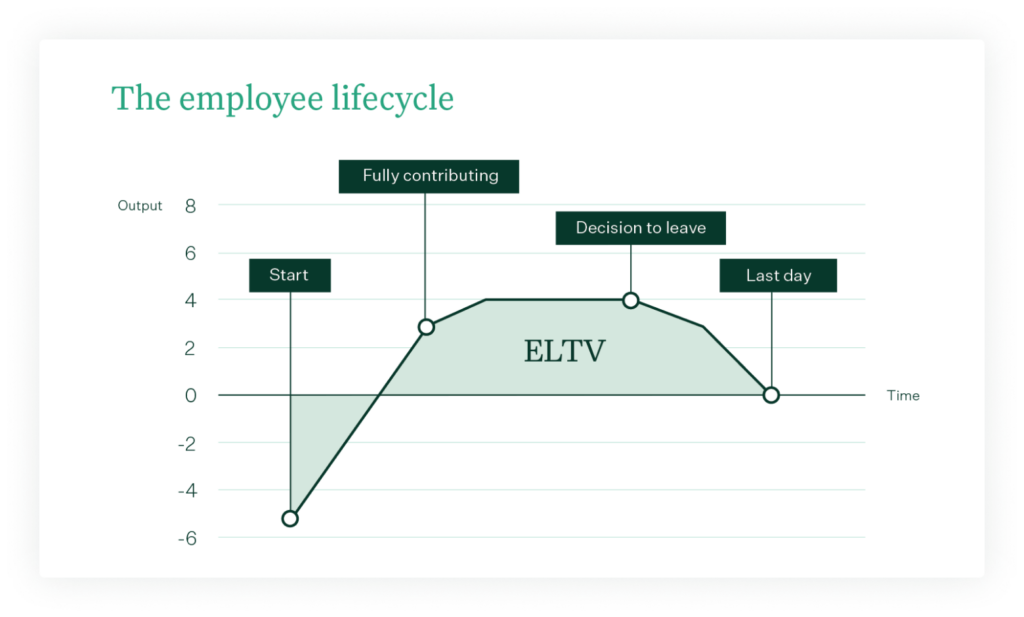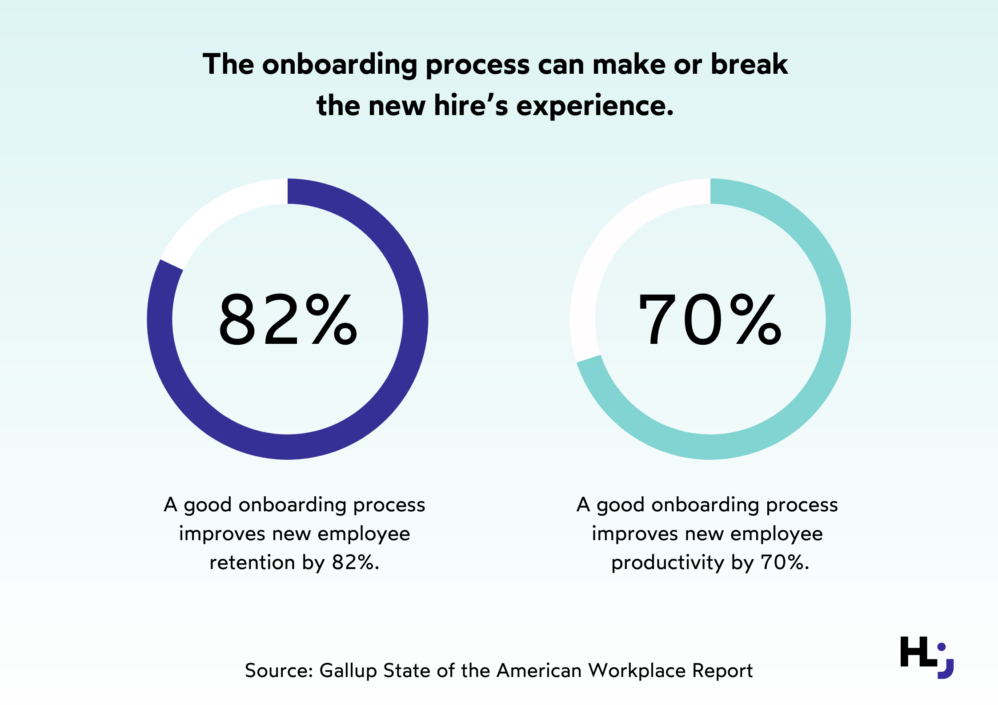Time To Productivity: The Most Important Workforce Metric
The journey from a new hire’s first day to becoming a fully productive team member is a critical phase in workforce management. This period—known as time to productivity—is a vital metric that reflects how quickly employees can contribute meaningfully to the organization. Optimizing this time is not just about speeding up processes, but enhancing the efficiency, effectiveness, and satisfaction of your workforce.
Measuring time to productivity provides invaluable insights into the effectiveness of your onboarding and training programs. It highlights areas where improvements can be made and ensures that new hires are supported during their transition. Reducing time to productivity can lead to significant cost savings, higher employee morale, and a stronger, more agile workforce.
In this article, we’ll explore what time to productivity entails, why it matters, and how to measure it effectively for your business. We will also discuss strategies to reduce time to productivity, the challenges organizations may face, and future trends that will shape workforce productivity.
By the end of this guide, you’ll have a comprehensive understanding of how to leverage this critical metric to enhance your organizational performance.
Quick Takeaways:
- Time to productivity measures the period it takes for a new hire to become fully productive and contribute meaningfully to the organization.
- This metric is crucial for evaluating the effectiveness of onboarding and training programs.
- Reducing time to productivity can lead to significant cost savings, higher employee morale, and a more agile workforce.
- Key factors influencing time to productivity include effective onboarding, continuous training, mentorship, role clarity, and proper technology.
- Addressing challenges such as resistance to change and inadequate training can improve time to productivity and overall business performance.
What is Time to Productivity?
By definition, time to productivity is the time it takes for a new employee to reach a level of performance where they’re fully contributing to their role within an organization. This metric is crucial as it measures the efficiency of onboarding and training processes and reflects how quickly new hires can start delivering value to their company.
While the exact timeframe may vary, the graph below shows where full productivity falls in the employee lifecycle—the result of effective onboarding and ramp-up immediately after hire.

Time to productivity is relevant for organizations in every industry. In sectors where rapid innovation and market responsiveness are crucial, such as tech, minimizing time to productivity can provide a significant competitive advantage. In industries like healthcare, ensuring that new employees can quickly adapt and perform effectively is critical for maintaining high standards of care and operational efficiency.
Key factors influencing time to productivity include:
- Onboarding Processes: Effective and comprehensive onboarding programs that provide new hires with the necessary tools, information, and support from day one
- Training and Development: Continuous learning opportunities and access to resources that enable employees to acquire the skills and knowledge needed for their roles
- Mentorship and Support Systems: Availability of experienced mentors and colleagues to guide new employees through their initial phase
- Role Clarity: Clear communication of job responsibilities and expectations, ensuring that new hires understand their roles and how they fit into the larger organizational goals
- Technology and Tools: Providing the right technological tools and systems that facilitate efficient work processes and productivity
Why is Time to Productivity Important?
Time to productivity can have a profound impact on overall business performance. When new hires reach productivity faster, they can contribute to the company’s goals and objectives more quickly. This accelerated integration helps organizations respond swiftly to new market opportunities and challenges, maintaining their competitive edge in a dynamic environment.
The relationship between time to productivity and the employee experience is also significant. Effective onboarding alone can increase employee retention by a whopping 82% and boost their productivity by 70%. Positive onboarding experiences boost morale and engagement from the start.

Finally, the financial implications of reducing time to productivity are crucial. Accelerating the new employee productivity timeline reduces the costs linked to extended training and unproductive periods and enables quicker realization of return on investment in new hires.
By focusing on minimizing time to productivity, businesses can enhance overall efficiency, profitability, and long-term success.
Challenges in Reducing Time to Productivity (and How to Solve Them)
Reducing time to productivity is a vital goal for many organizations, but several challenges can hinder progress in this area. Understanding these obstacles and implementing effective solutions is crucial for achieving optimal results.
Resistance to change is a common obstacle when it comes to shortening time to productivity for new employees. Current employees and management may resist new processes or tools, preferring to stick with familiar methods. This can slow down the adoption of new strategies.
In addition, many organizations struggle with providing comprehensive and effective training. Insufficient training programs leave new hires unprepared and extend the time it takes for them to fully contribute.
To overcome these challenges, organizations can implement the following solutions:
- Communicate the Benefits: Clearly explain the advantages of new processes and tools to all stakeholders to gain buy-in and reduce resistance.
- Provide Continuous Training: Implement ongoing training programs that are comprehensive and accessible to ensure new hires are well-prepared and confident in their roles.
- Use Onboarding Software: Leverage onboarding software to automate administrative tasks, deliver interactive training modules, and track new hire progress efficiently.
- Implement Mentorship Programs: Pair new employees with experienced mentors to provide guidance, support, and practical insights that accelerate learning.
- Leverage Feedback: Regularly collect and act on feedback from new hires and experienced employees to continuously improve onboarding and training processes.
By addressing these challenges with targeted solutions, organizations can effectively reduce time to productivity and ensure their new hires quickly become valuable contributors.
Over to You
Optimizing time to productivity is essential for enhancing your workforce efficiency, effectiveness, and satisfaction. By implementing the strategies we outlined in this guide, you can ensure that your new hires become productive faster, and achieve significant cost savings, higher employee morale, and a stronger, more agile workforce.
Partnering with an expert can provide you the tools and strategies you need to achieve these goals. At Televerde, we help clients manage their workforce productivity more effectively with comprehensive and industry-leading B2B solutions.
Ready to boost your workforce productivity and performance? Contact Televerde today.


